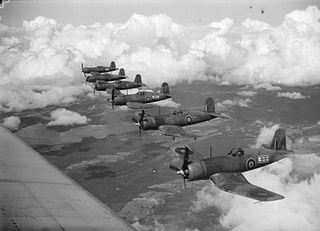
During World War II, the United States Army Air Forces (USAAF) established numerous airfields in Alabama for antisubmarine defense in the Gulf of Mexico and for training pilots and aircrews of AAF fighters and bombers.
During World War II, the U.S. Army Air Forces (USAAF) established numerous airfields in Arkansas for training fighter and bomber pilots and aircrews.
During World War II, the United States Army Air Forces (USAAF) established numerous airfields in Arizona for training pilots and aircrews of USAAF fighters and bombers.
During World War II, the United States Army Air Forces (USAAF) established numerous airfields in Georgia for antisubmarine defense in the Gulf of Mexico and for training pilots and aircrews of USAAF fighters and bombers.
During World War II, the United States Army Air Forces (USAAF) established numerous airfields in Nevada for training pilots and aircrews of USAAF fighters and bombers.
During World War II, the United States Army Air Forces (USAAF) established numerous airfields in New Mexico for training pilots and aircrews of USAAF fighters and bombers.
During World War II, the United States Army Air Forces (USAAF) established numerous airfields in North Dakota for training pilots and aircrews of USAAF fighters and bombers.
During World War II, the United States Army Air Forces (USAAF) established numerous airfields in South Dakota for training pilots and aircrews of USAAF fighters and bombers.
During World War II, the United States Army Air Forces (USAAF) established numerous airfields in Utah for training pilots and aircrews of USAAF fighters and bombers.
During World War II, the United States Army Air Forces (USAAF) established numerous airfields in Illinois for training pilots and aircrews of USAAF fighters and bombers.
During World War II, the United States Army Air Forces (USAAF) established numerous airfields in Kentucky for training pilots and aircrews of USAAF fighters and bombers.

During World War II, the United States Army Air Forces (USAAF) established numerous airfields in Maine for training pilots and aircrews of USAAF fighters and bombers.
During World War II, the United States Army Air Forces (USAAF) established numerous airfields in Maryland for training pilots and aircrews of USAAF fighters and bombers.
During World War II, the United States Army Air Forces (USAAF) established numerous airfields in Minnesota for training pilots and aircrews of USAAF fighters and bombers.
During World War II, the United States Army Air Forces (USAAF) established numerous airfields in New Hampshire for training pilots and aircrews of USAAF fighters and bombers.
During World War II, the United States Army Air Forces (USAAF) established numerous airfields in New Jersey for training pilots and aircrews of USAAF fighters and bombers.
During World War II, the United States Army Air Forces (USAAF) established numerous airfields in Pennsylvania for training pilots and aircrews of USAAF fighters and bombers.
During World War II, the United States Army Air Forces (USAAF) took control of Hillsgrove State Airport in Warwick, Rhode Island for training pilots and aircrews of USAAF fighters and bombers.

During World War II, the United States Army Air Forces (USAAF) established numerous airfields in Virginia for training pilots and aircrews of USAAF fighters and bombers.
In Wisconsin multiple airfields were constructed and used by the United States Army Air Forces during World War II. The main purpose of these installations was for training pilots and aircrews of USAAF fighters and bombers.





